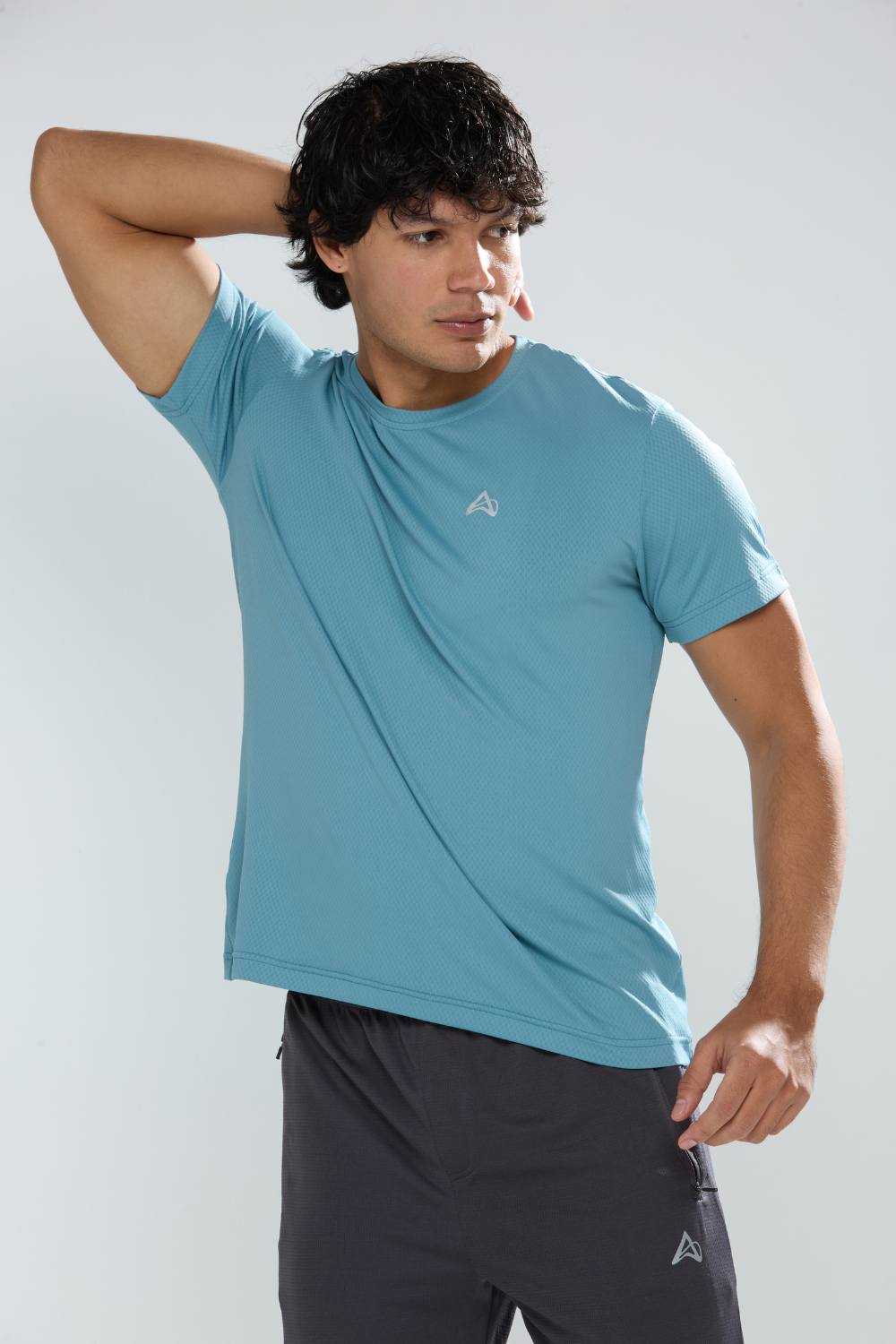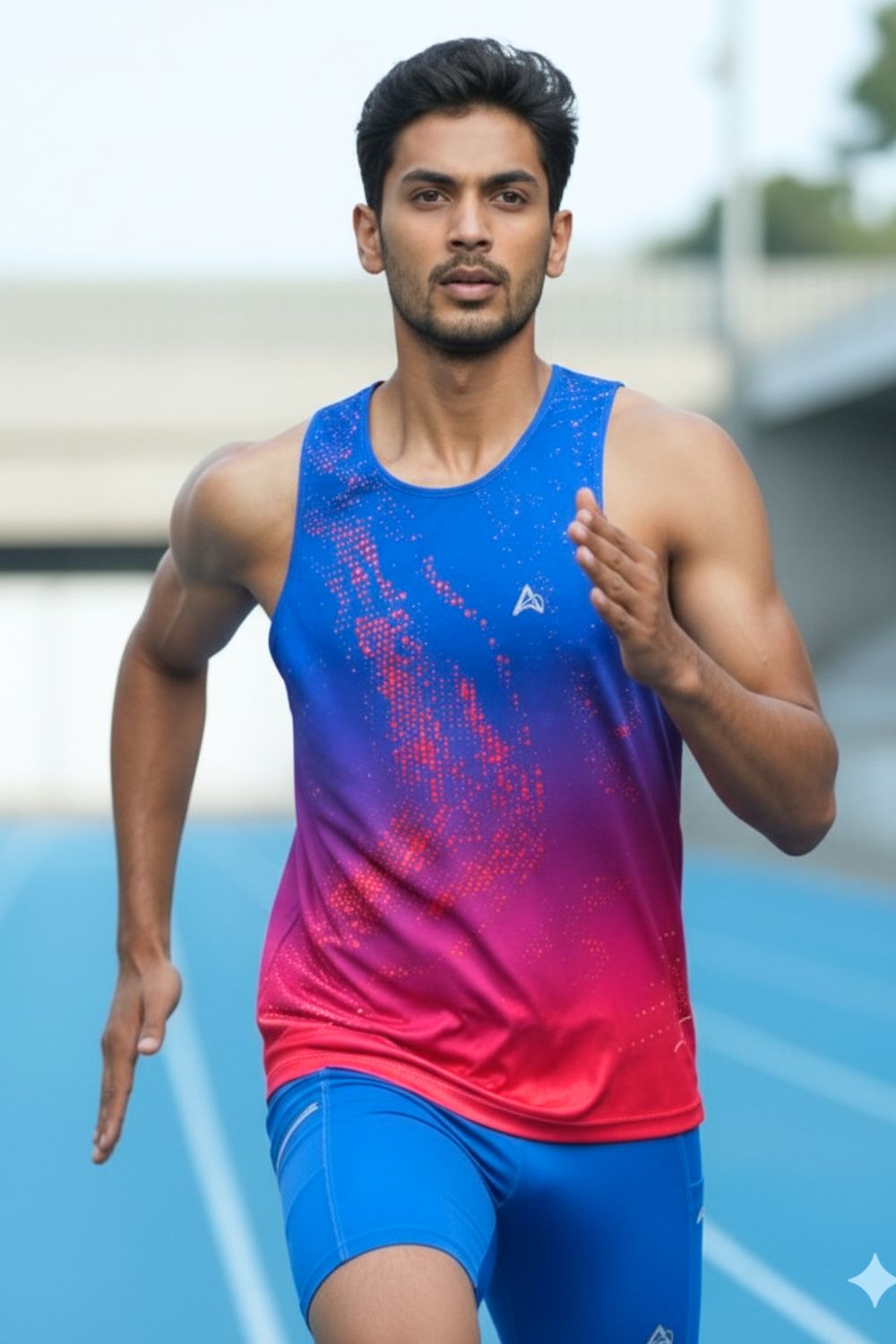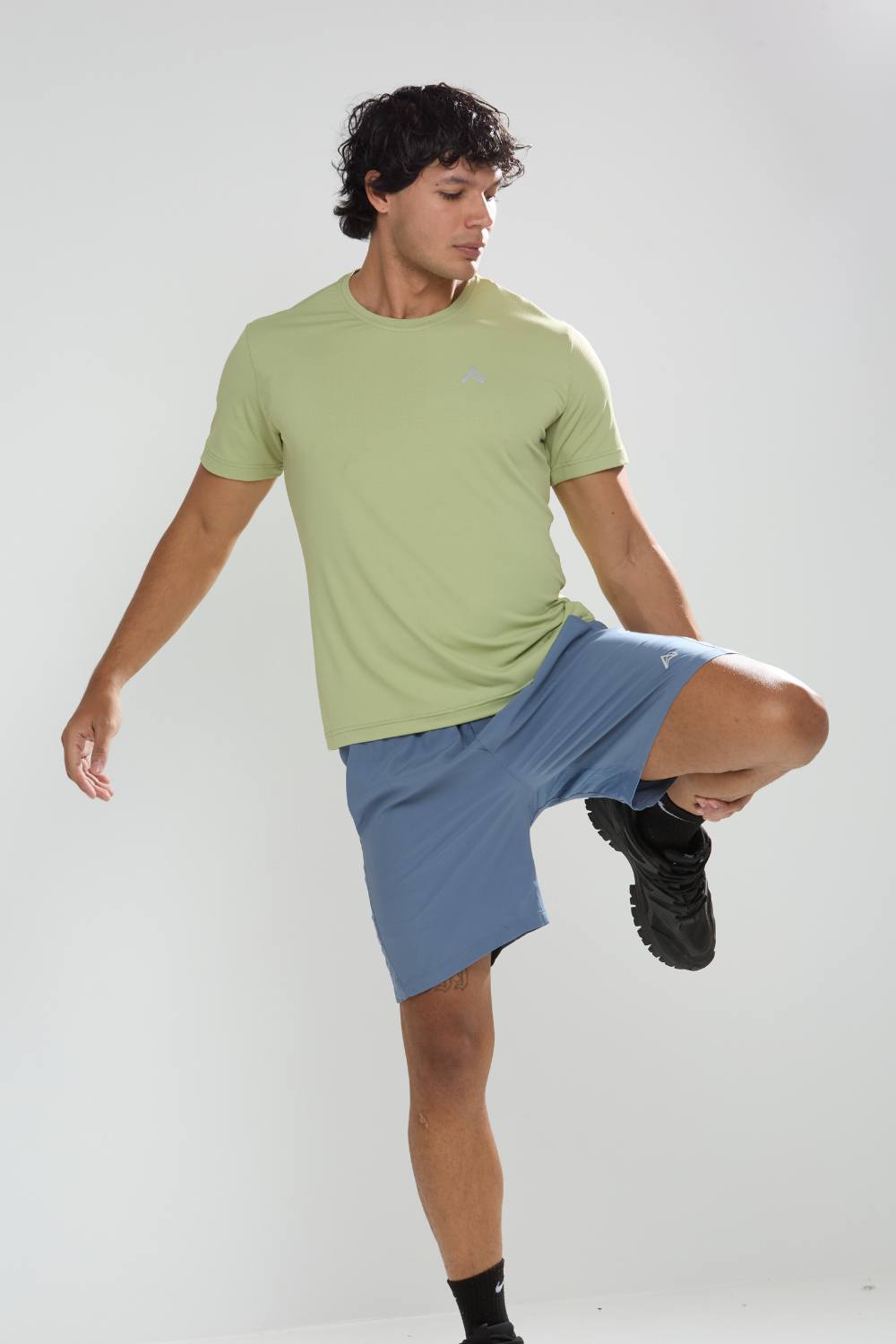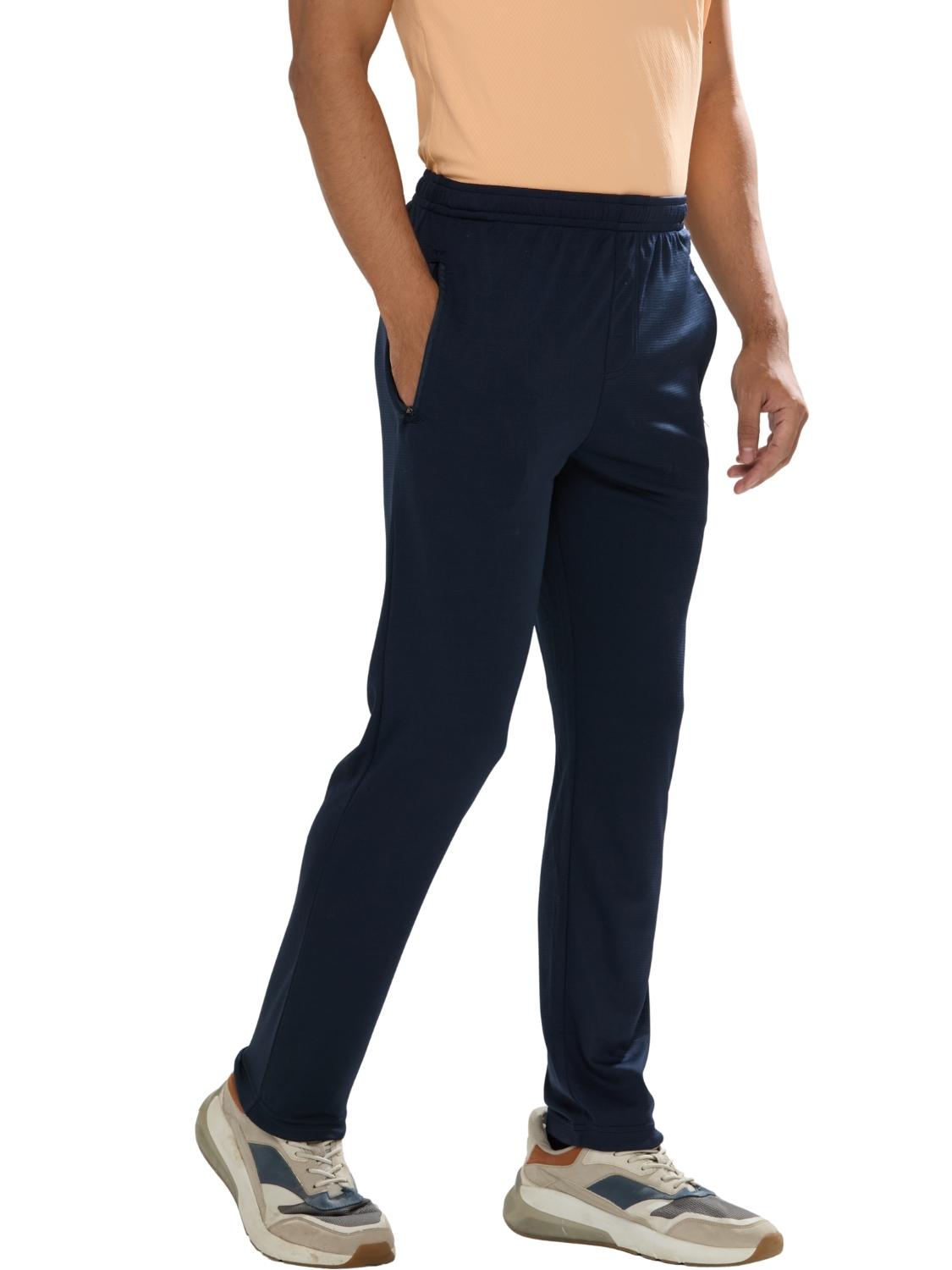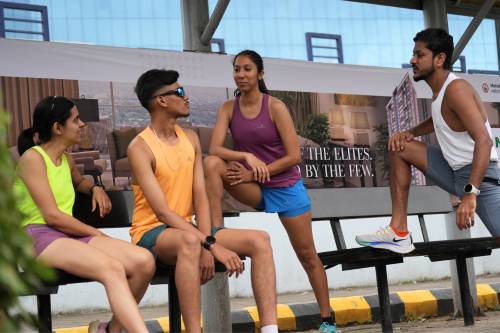Picture this: you're gearing up for a brisk jog amid the vibrant chaos of Bangalore's morning traffic, but your running shorts pinch uncomfortably, and your tank top bunches up awkwardly all because the apparel wasn't crafted with your unique build in mind. This frustration has plagued countless fitness enthusiasts for years, yet a seismic shift is underway. The activewear industry is accelerating toward a more equitable future, transforming inclusive sizing from a mere trend into an indispensable standard for any brand committed to truly supporting athletes of all shapes.
Tired of gear that slows you down? Chafing, soggy fabrics, and missing pockets kill your run's momentum. At Aguante, we're runners who get it. Our high-performance activewear features moisture-wicking fabrics, ergonomic designs, and smart storage to keep you focused. Shop Now!
Why Inclusive Sizing Matters Now
In today's dynamic fitness scene, brimming with energy from casual strollers in Hyderabad to dedicated ultra-runners in Mumbai, the demand for body-affirming activewear echoes louder than ever. For decades, the sector has been tethered to restrictive size guidelines, sidelining a vast array of potential participants who felt overlooked. Now, amplified by powerful narratives on social media, consumers are holding brands accountable, insisting on high-performance clothing that delivers across diverse physiques complete with advanced features like sweat-absorbing materials and precision-engineered contours.
This transformation dovetails seamlessly with explosive industry expansion. The global activewear market, pegged at USD 406.83 billion in 2024, is on track to climb to USD 677.26 billion by 2030, advancing at a compound annual growth rate of 9.0% starting from 2025. With a projected value of USD 440.39 billion in 2025 alone, this surge stems from heightened health consciousness, a pivot to energetic lifestyles, and greater female involvement in sports and wellness pursuits. Notably, female consumers commanded 47.62% of the revenue in 2024, fueling the quest for tailored items such as women's running tees, sleeveless tops, and compressive leggings that combine style with functionality.
Parallel to this, the worldwide market for plus-size apparel, which stood at USD 579.8 billion in 2023, is forecasted to expand to USD 964.9 billion by 2033, registering a CAGR of 5.3% over the period from 2024 to 2033. This segment encompasses clothing engineered for those beyond conventional size norms, featuring elements like dresses, blouses, trousers, and jackets that prioritize ergonomic proportions, plush textiles, fashionable aesthetics, bolstering structures, and broad size availability. Contemporary plus-size options spotlight modish appeal and versatility, accommodating different tastes while incorporating supportive details such as broader shoulder bands and sturdy stitching to foster ease and confidence.
Beyond the statistics lies the human element. Across India's burgeoning wellness hubs in locales like Pune and Delhi, a mosaic of body shapes from slender to curvaceous craves endurance gear resilient against sweltering heat, heavy moisture, and rugged paths. Overlooking this diversity could mean forfeiting a substantial consumer base eager for empowerment through fitness.
Emerging Trends in Inclusive Sizing
Driving this metamorphosis? A wave of consumer advocacy, bolstered by viral campaigns and digital dialogues that champion variety in representation. Channels such as Instagram and Facebook serve as arenas for transformation, where athletes recount tales of mismatched men's or women's running bottoms, igniting calls for corporate responsibility and broader accessibility.
The retail landscape is evolving rapidly as well. Leading international entities are normalizing expansive inventories spanning XXS through 4XL. Cutting-edge tech, including artificial intelligence for size predictions and three-dimensional body mapping, enhances accuracy in fittings, curbing exchange rates while elevating user contentment. Within the athleisure domain, currently assessed at USD 472.71 billion for 2025 and anticipated to soar to USD 1,069.84 billion by 2034 with a CAGR of 9.50%, embracing diverse sizing stands out as a pivotal strategy for market innovators.
Innovations like modifiable garments and unisex styles are surging in popularity. The sportswear arena is prioritizing inclusive dimensions alongside sustainable materials and integrated technologies, guaranteeing that women's running shirts or men's vests adapt to multiple forms without skimping on ventilation. This evolution transcends temporary fads; it's fundamentally altering design philosophies to align with everyday demands, from urban commutes to intense training sessions.
Moreover, the push for eco-conscious fabrics intertwines with inclusivity, as brands experiment with recycled synthetics that maintain elasticity across sizes. Gender-neutral collections are dismantling traditional barriers, offering versatile pieces that appeal universally. AI is emerging as a game-changer, personalizing recommendations based on body scans and activity data, ensuring optimal fits for diverse users.
Real-World Examples from Brands
Globally, trailblazers such as Nike and Adidas are embedding inclusive practices into their foundational offerings. Adidas's partnership with 11 Honoré back in 2022 exemplified upscale plus-size integrations, merging elite functionality with elegance. Athleta continues this momentum by providing amplified sizes in running vests and shorts, rigorously evaluated for longevity. Other standouts include Lululemon for its adaptive lines, Beyond Yoga for soft, expansive fits, and Girlfriend Collective, which spans XXS to 6XL with sustainable ethos. Vuori excels in non-slip leggings, while BuffBunny caters to varied builds with bold aesthetics.
In the Indian context, emerging labels are proving agile and inventive. Blissclub leads with offerings from XS to 4XL, emphasizing motion-centric creations that celebrate body diversity. Aastey promotes eco-friendly, size-diverse athleisure starting at XS and extending further, while Spirit Animal pushes boundaries to 6XL. Kica Active resonates with younger demographics through vibrant, affirmative running attire, stocked on sites like Myntra and Amazon. Hunnit differentiates by curating for Indian silhouettes up to 4XL, and Neofaa delivers all-day versatility in extended ranges.
Enter Aguante, a homegrown Indian venture launched in 2018, engineered by avid runners to elevate the running experience. Their premium lineup encompassing running bottoms, compressive shorts, and tees incorporates rapid-dry textiles, friction-resistant interiors, and visibility-enhancing accents optimized for India's climatic challenges. By focusing on accommodations for varied Indian physiques, Aguante embodies indigenous ingenuity fused with international standards, accessible via digital channels with complimentary nationwide delivery and a two-week exchange window. Rigorous evaluations involving athletes from Navi Mumbai to Gurugram guarantee that items, whether men's vests or women's tops, excel uniformly across the spectrum.
Challenges and Limitations
Adopting such breadth isn't devoid of obstacles. Crafting for extensive arrays demands refined adjustments to maintain elasticity and reinforcement, safeguarding efficacy in steamy Surat or arid Ahmedabad excursions.
Stock management introduces perils as well diversified inventories escalate production and logistics expenses. Entities must navigate these without inflating costs, particularly in value-driven arenas. Credibility remains paramount; skeptics of superficial "inclusive" claims, plagued by issues like unstable compartments or suboptimal tailoring, can erode brand equity swiftly.
Nevertheless, these barriers ignite ingenuity. Aguante confronts them directly via athlete-centric innovations, such as stable storage solutions and contoured silhouettes, demonstrating that diversity can coexist with accessibility and excellence. By investing in scalable manufacturing and feedback loops, brands can mitigate risks while enhancing product integrity.
Opportunities and Business Impacts
The rewards are profound: sweeping market penetration. In India's primary and secondary urban centers, amid a fitness renaissance, accommodating underserved demographics unlocks vast potential. North America's commanding 38.46% stake in activewear revenues during 2024 underscores the blueprint India stands poised to emulate this trajectory.
For enterprises, it serves as a unique selling point. Millennial and Gen-Z patrons in Delhi or Surat seek ethically minded choices, where size inclusivity cultivates enduring allegiance. Aguante capitalizes on this via vibrant presences on Instagram, Facebook, and YouTube, disseminating authentic narratives inspired by influencers like barefoot_coach_shanth_koushik or fit_kaur23.
Digital commerce magnifies visibility venues such as Myntra Marketplace and Amazon Marketplace favor vendors embracing comprehensiveness. Through diversified sizing in men's and women's running apparel, outfits like Aguante nurture interaction, converting buyers into vocal proponents and amplifying organic growth.
Future Outlook: Inclusivity as the New Normal
Looking forward, comprehensive sizing is destined to transition from novelty to norm in the coming three to five years. Synergized with customization envision algorithm-guided suggestions for bottoms suited to Gurugram's fluctuating climates it will overhaul benchmarks.
Industry forecasters anticipate that technologies like AI will optimize dimensioning processes, complemented by grassroots input to uphold genuineness. Companies are advised to allocate resources accordingly, steering clear of perfunctory gestures. This year's directions fuse inclusive architectures with vivid stylings and green initiatives, exemplified by BuffBunny's comprehensive assortments or Vuori's secure-fit bottoms.
For domestic players, honing in on regional exigencies such as Aguante's climate-resilient weaves propels them onto the world stage. As the activewear industry embraces inclusive sizing as standard, boundless prospects await those attuned to the pulse of the running community.
Activewear's Liberating Horizon
Inclusive sizing has shed its elective status it's the propulsive force propelling the activewear realm onward. By advocating for multiplicity, innovators like Aguante not only accelerate expansion and fidelity but also render each stride, be it through Mumbai's downpours or Pune's greenspaces, profoundly liberating. With athletes of every contour donning equipment that authentically conforms, the horizon gleams with promise for all.
Frequently Asked Questions
Why is inclusive sizing important in activewear brands?
Inclusive sizing in activewear is crucial because it addresses the needs of diverse body types that have been historically underserved by the fitness apparel industry. With the global activewear market projected to reach $677.26 billion by 2030 and plus-size apparel expected to grow to $964.9 billion by 2033, brands that embrace inclusive sizing can tap into significant market opportunities while ensuring all athletes have access to high-performance, comfortable gear regardless of their body shape.
Which activewear brands offer the best inclusive sizing options?
Leading global brands like Nike, Adidas, Lululemon, and Athleta have expanded their size ranges significantly, with some offering XXS to 6XL. In India, emerging brands like Blissclub (XS to 4XL), Spirit Animal (up to 6XL), and Aguante are setting new standards by designing specifically for Indian body types and climatic conditions. These brands combine inclusive sizing with advanced features like moisture-wicking fabrics and ergonomic fits.
What challenges do activewear brands face when implementing inclusive sizing?
Brands face several key challenges including increased production and inventory costs, complex stock management across diverse size ranges, and maintaining fabric elasticity and structural integrity across all sizes. Additionally, brands must ensure authenticity in their inclusive efforts, as consumers are quick to identify superficial "inclusive" claims that result in poor fit or substandard quality, which can damage brand credibility and customer trust.
Disclaimer: The above helpful resources content contains personal opinions and experiences. The information provided is for general knowledge and does not constitute professional advice.
You may also be interested in: How Indian Runners Build Endurance With Proper Gear
Tired of gear that slows you down? Chafing, soggy fabrics, and missing pockets kill your run's momentum. At Aguante, we're runners who get it. Our high-performance activewear features moisture-wicking fabrics, ergonomic designs, and smart storage to keep you focused. Shop Now!
Powered by flareAI.co





